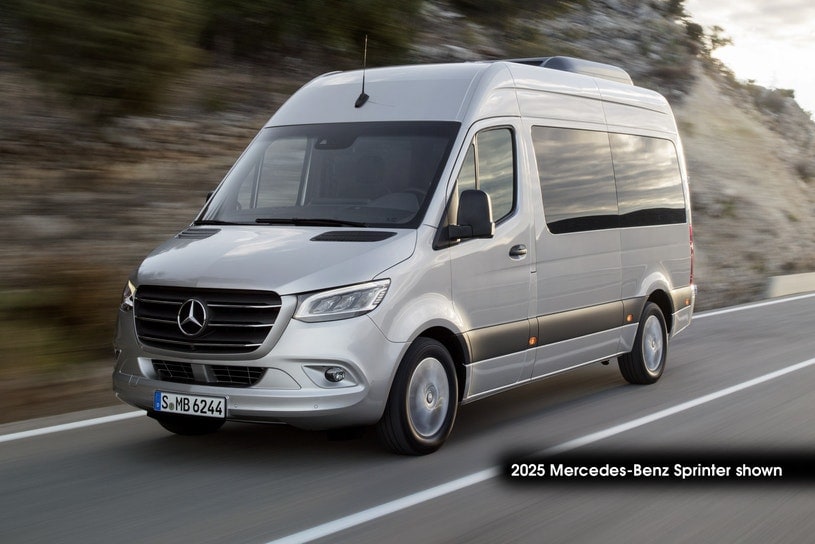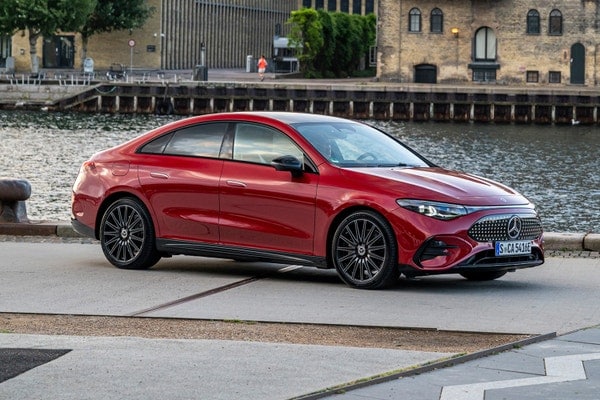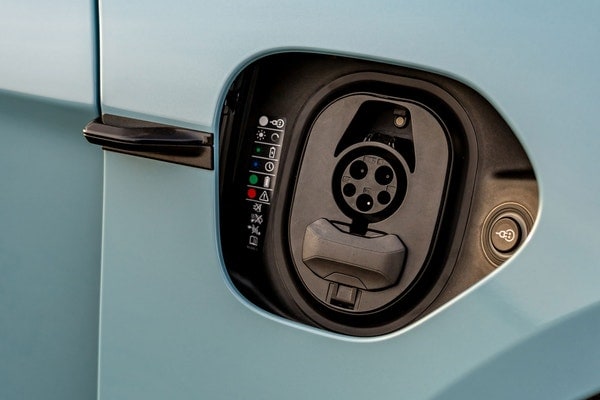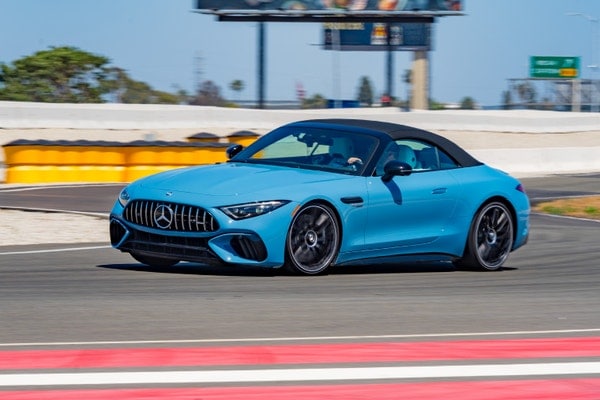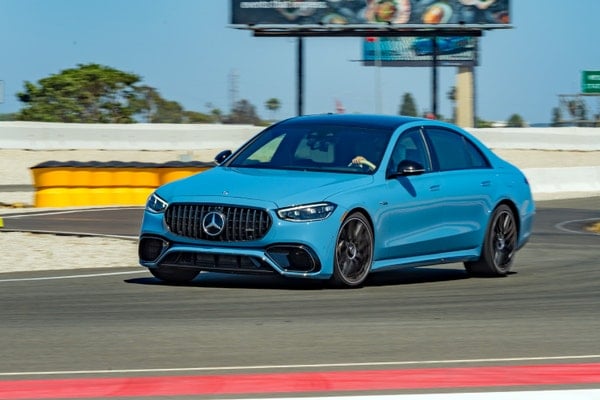Even though its cabin has nicer materials than its direct competitors, make no mistake: The Mercedes-Benz Sprinter van is more of a commercial workhorse than a full-blown luxury cruiser. Available in a variety of roof heights, wheelbase and vehicle lengths, payloads, engine outputs and seating configurations, there's a Sprinter for seemingly any use case. Don't expect much to change for 2026. Mercedes is on the cusp of launching an all-new electric Sprinter van over the next year or so, and a redesigned internal combustion engine Sprinter isn't far off. However, if you absolutely can't wait to get behind the wheel, today's Sprinter offers surprisingly modern tech features and capable diesel powertrains. Plus, there's healthy third-party upfitter support should you want to customize a new Sprinter to your heart's content.
Edmunds spotlight: Next-gen Sprinter
A couple of years ago, Mercedes announced that starting in 2026, all new midsize and large vans would be built on an electric architecture. But cooling EV adoption rates forced the automaker to change course, and Mercedes recently unveiled plans for a modified version of this platform that can support internal combustion engine (ICE) powertrains. The new electric van is still expected to stick to a 2026-2027 production timeline, with a redesigned internal combustion Sprinter debuting sometime after.
Mercedes' technical documents show the electric VAN.EA platform always has a motor in front for front-wheel drive, with an optional rear motor to provide all-wheel drive. This offers a hint to the ICE-powered VAN.CA variant, which could see the next-generation Sprinter switching from rear-wheel drive to front-wheel drive. (Not unheard of in the van world — the Ram ProMaster also employs FWD.) Stay tuned to this space as Mercedes pulls the wraps off the newest Sprinter over the next year.
Competitors to consider
There are two other commercial vans on the market, both of which offer electric and internal combustion options: the Ford Transit and Ram ProMaster. One key difference is they are powered by gasoline, whereas today's Sprinter is diesel-only. It's unclear what VAN.CA will be. Both competitor vans offer multiple body lengths, heights and hauling capacities. They also cost quite a bit less than the Sprinter, but their prolific use of hard plastics illustrates their utilitarian focus.
